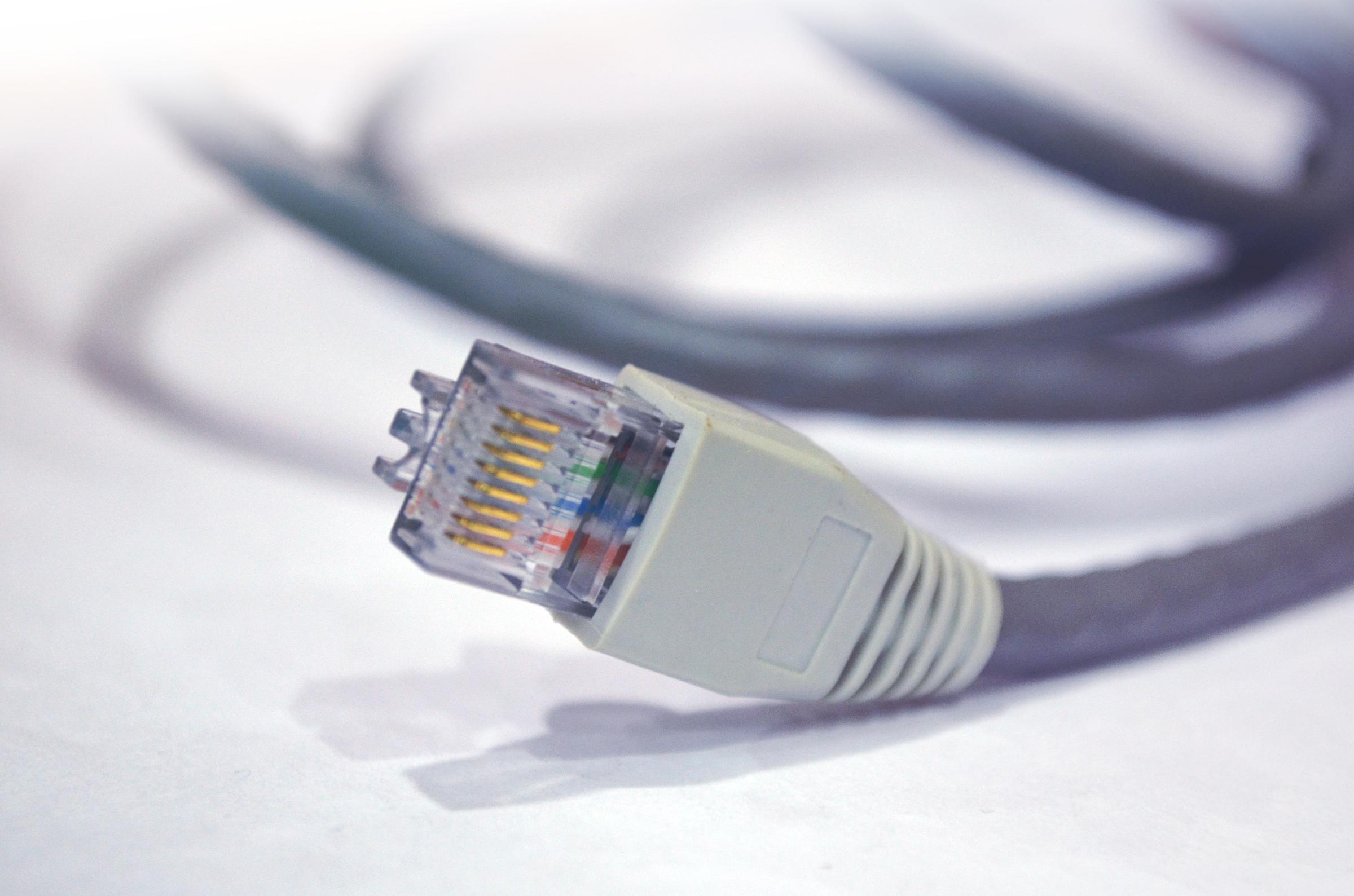Pastoral Care

Getting your head around parental controls
Sometimes it’s hard to know where to start when it comes to keeping your children safe online. The internet changes all the time, and it’s full of perils and positives that are tricky to navigate even as adults. While we’re all still learning what it means to support our kids online, we’ve got some ideas to help you get started.
YouTube
If your kids are keen YouTube users, there are a couple of ways that can help you to handle their usage. Firstly, turn on restricted mode. Restricted mode is a function that means you and your kids won’t see content that’s been flagged inappropriate by other YouTube users. You can do this by following these steps:
- Click your display picture in the right-hand corner of your screen.
- Select ‘Settings’.
- Scroll down to the footer, where you’ll see your language, your location, and then ‘Restricted Mode’.
- Click ‘Restricted Mode’.
- Enable it by clicking ‘On’, and then clicking ‘Save’.
Even better than restricted mode, download the YouTube kids app. Make sure that’s what they’re using to access YouTube. It’s a creative, curated space where your kids will have fun and stay safe at the same time.
Browser safety
Chrome, Safari and Firefox all have ways to add extra security for your kids while they search. For very basic safe browsing functions to be added to your Chrome browser, take the following steps:
- Click on your Chrome Preferences.
- You’ll now see a page pop up. Scroll down to the bottom of it and click ‘Advanced’.
- Scroll until you see ‘Safe browsing’.
- Enable ‘Safe browsing’ by swiping right.
You can also go to the Chrome web store and check out the free add-ons for your browser. Add-ons are kind of like apps, but they live within your browser and they’re often free. If you search ‘Parental controls’ in the web store, you’ll be given a list of different add-ons. This is where it’s important to do your research and decide what will work best for you and your family.
Firefox is similar to Chrome, and add-ons are probably the most effective way to keep your kids safe without paying for something external. Head to the Moxilla Firefox store, search ‘Parental controls’, and once again, do your research to work out what will suit your needs best.
If you’re using Safari on your iPhone or iPad, you can easily enable safety functions by following the steps below.
Phone safety
There are some simple steps you can take to keep your kids safe while using iPhones or iPads. If you have an older version of iOS:
- Tap your ‘Settings’ app.
- Tap ‘General’.
- Tap ‘Restrictions’, and enable them.
- You’ll be asked to create a passcode, so choose one that your kids won’t guess (probably not their birthday or 1234).
- From here, you can make changes to restrictions. Explore what you’d like to restrict.
If you’ve got a more recent version of iOS:
- Tap your ‘Settings’ app.
- Tap ‘Screen Time’.
- Tap ‘Content and Privacy Restrictions’. Once you’ve tapped there, check out the different things you can to do keep your iPhone private and safe.
- Tap ‘Content Restrictions’. This will help you to set perimeters for what your child will and won’t see on your phone.
If you’re an Android user, your parental controls will likely differ from phone to phone. Search the make and model of your phone, and you’ll hopefully find some tips as to how your phone in particular can keep your kids safe. External apps can also come in handy. You can do your own research on these, but we’ve listed a few that we like in the next section.
External apps and hardware
There are paid third party apps that you can download for your device to help your kids browse safely. Check out Net Nanny and Norton Family. Both of these enable you to supervise web use and app downloads, as well as gain insight into what your kids are doing on your devices. We’re big fans of Safe Surfer. They provide a piece of hardware for you to plug into your wifi router that heavily monitors the content that comes through, blocks all of the inappropriate stuff, and allows you to set bedtimes for devices. You don’t need to have any tech skills to use Safe Surfer, and you’ll get simple reports back that allow you to have conversations with your children about what they’re looking at. It also reinforces other restrictions that you’ve set on your browsers and devices.
Internet providers
Check in with your internet provider to see if they offer parental controls. We know that Spark and
